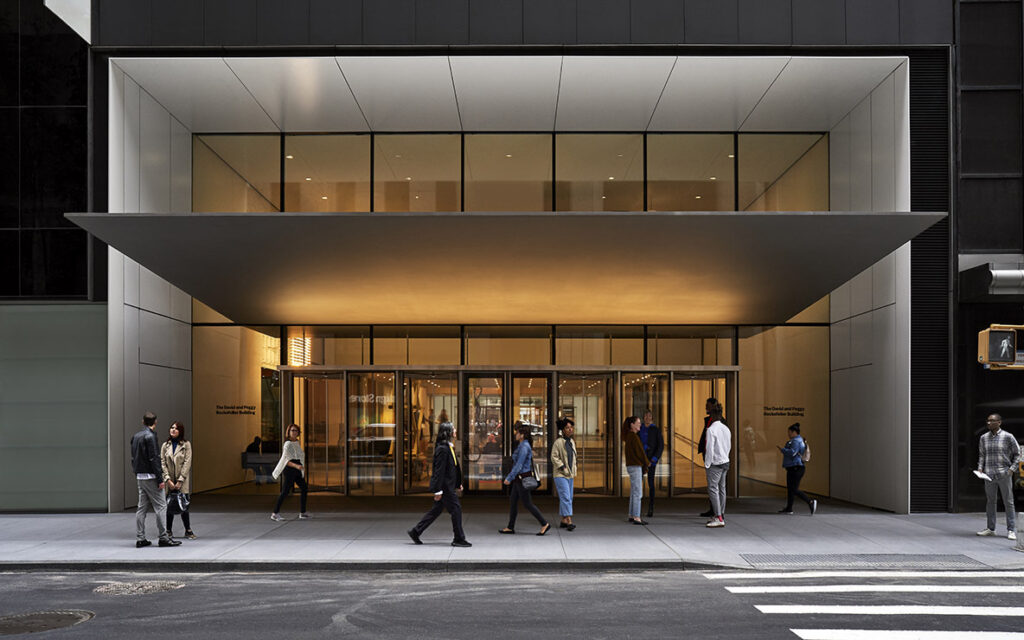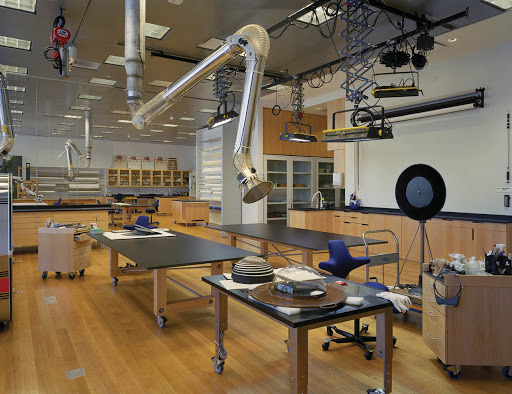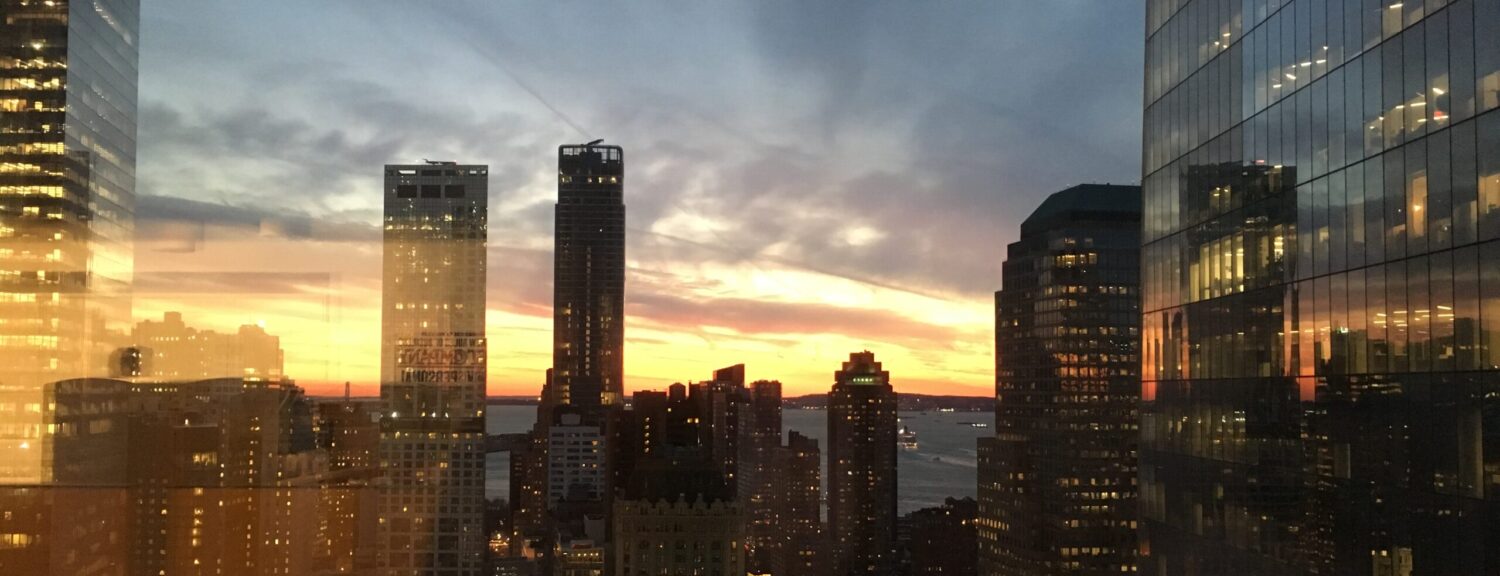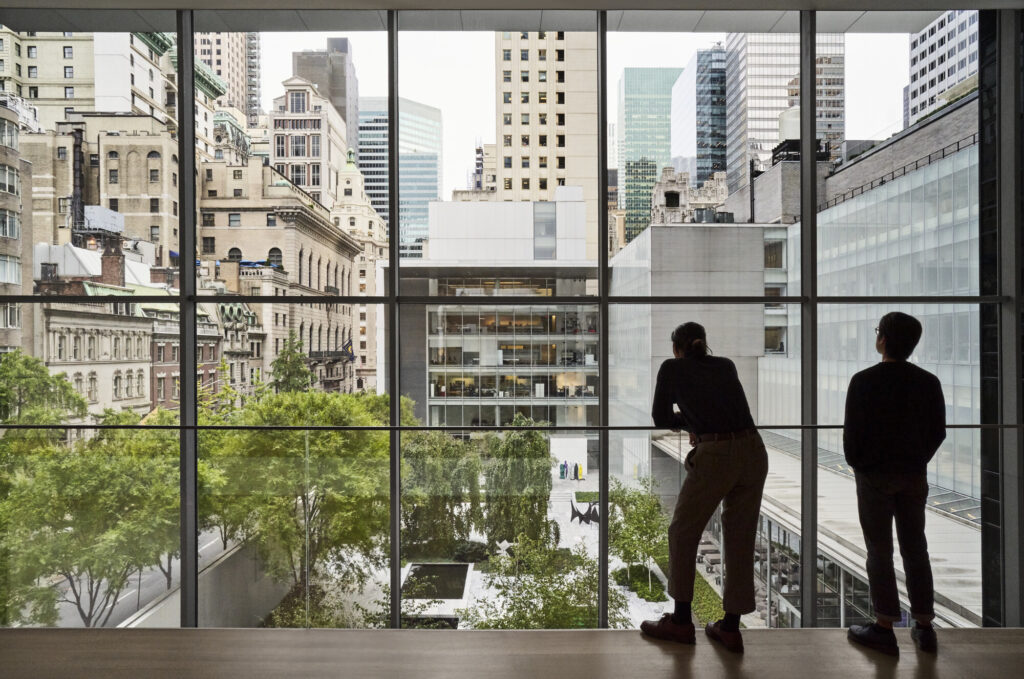
I’ve always found conservation fascinating— it’s not a field I plan to go into, nor is it one for which I have a particularly apt skill set. But given that my majors span history, natural history, cultural history, and art history, I’m very aware that pretty much every single piece of research I do is only possible because conservationists have done their jobs really, really well. It doesn’t matter how perfectly archived, how well-organized, how informative an object is if it’s deteriorated past the point of readability. To me, it’s a bit like magic— I have a very minimal grasp of how restoration and preservation take place, and the only reason I know that much is because my best friend is very enthusiastic about it. Which is why it’s so incredibly cool to speak with an expert like Kate Lewis.

Lewis isn’t just accomplished in the field. She’s been committed to conservation since she was fifteen or sixteen, having read a book and decided more or less what she wanted to do with her life. She’s worked at a very varied handful of some of the most illustrious art organizations/institutions in the US and the UK. She talks about these experiences candidly, almost casually, in such a way that it’s almost possible to forget that you don’t even get internships at those places unless you’re beyond brilliant at what you do. Likewise, she chats about media and paper conservation like it’s just something she’s very interested in— which of course is true, but skims over the fact that you need to be near flawless with fine motor skills, capable of matching shades of color that sometimes computers miss, not to mention good with chemistry. Conservation, in many ways, seems to encompass the merge point between science, art, and history— and even the preliminary bits of research I did prior to last Friday’s class made it clear that anyone who works in that field needs to know enough of each of those categories to be even minorly successful at conservation.
Lewis does, however, slip just how much work goes into conservation when discussing her colleagues, or various projects going on at MoMA. She casually mentions a paper conservator using a scalpel and medical tweezers to place a piece of paper, points out the difficulty of matching shades of blue to touch up a painting, and notes that the conservators at MoMA actively monitor everything from the HVAC system responsible for galleries’ air flow to potential sun or weather exposure for the sculptures in the outdoor courtyard garden. It’s a staggering amount of information, and an almost incomprehensible amount of work.
I’m not new to the behind-the-scenes world of offices, labs, and classrooms hiding behind museum gallery walls. I used to work at the High Museum, I’ve interned at history museums, and I’ve been hanging out in back rooms of art galleries since I was a kid. But the labs at MoMA are really just something else. It’s not just the size or the prestige of the institution (or even the amount of money that comes through). I’ve never seen a setup quite like it— collaborative, but with individual conservators working with autonomy. Surgery on massive paper pieces. Painting touch-ups. I’m used to seeing one of these activities at a time, in a single back room that also doubles as one of two or three meeting rooms. I don’t think I’ve ever seen a setup like that at MoMA.

Once again, I’m mostly just struck by how small and expansive the art world somehow manages to be. On the one hand, everyone knows everyone to some degree— the giants in the field are, well, giants. If you mention a conservator at MoMA, Kate Lewis is everyone’s first thought, and most of the conservators on her staff are pretty well-known, too. The pieces they work with are from well-known artists— pieces I’ve studied in art history classes. But at the same time, conservation is a field that manages to touch pretty much everywhere on earth, preserving cultural history as much as possible.
I may never understand the mechanics of this field. But I can appreciate the sheer awesomeness— to me, it still feels like magic— of this glimpse into its inner workings, and my admiration for how conservators do what they do only continues to grow.

